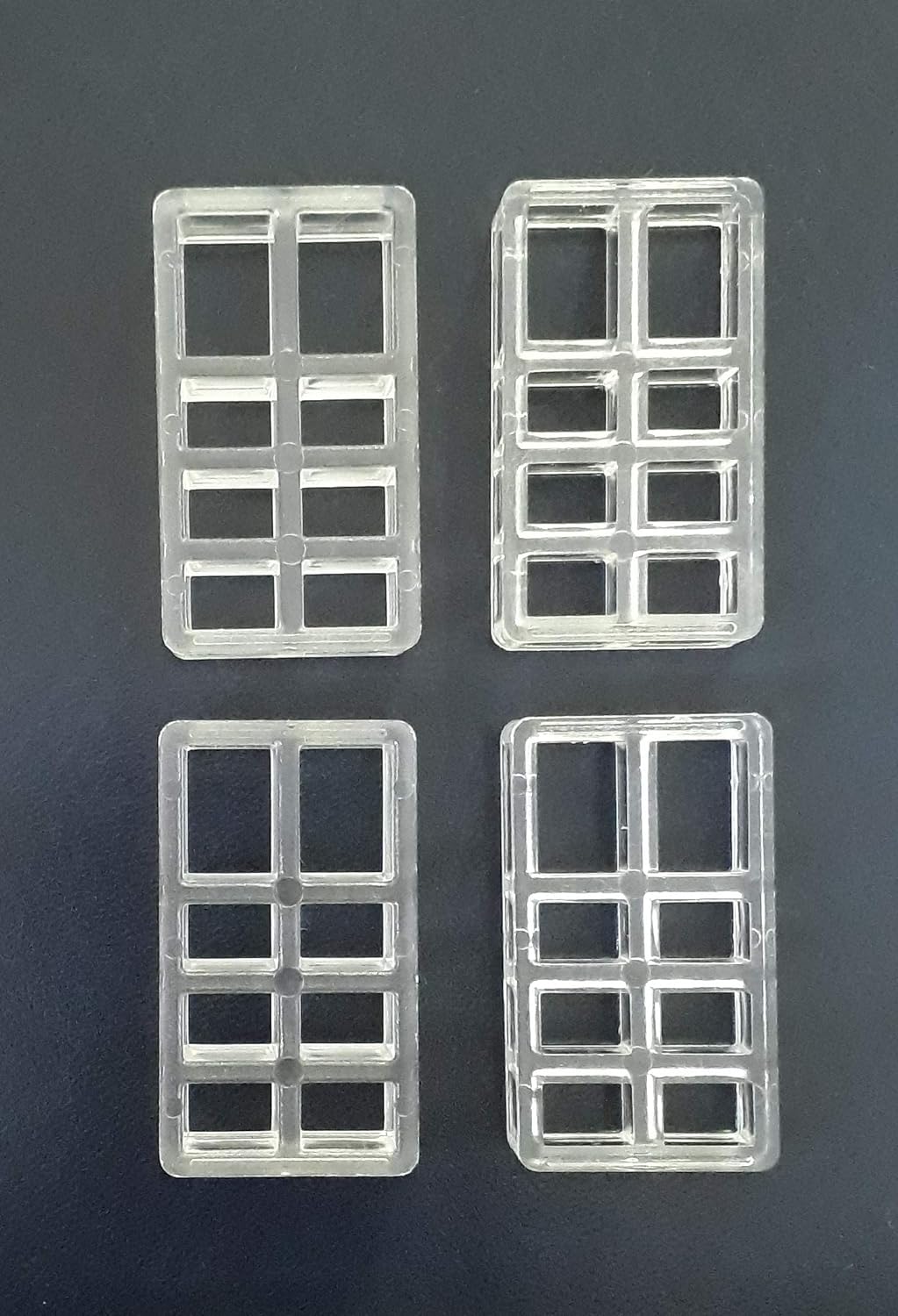

Articles
What Is A Spacer Block For Blinds
Modified: September 1, 2024
Learn what a spacer block for blinds is and how it functions. Explore articles providing in-depth insights about spacer blocks and their importance in blind installations.
(Many of the links in this article redirect to a specific reviewed product. Your purchase of these products through affiliate links helps to generate commission for Storables.com, at no extra cost. Learn more)
Introduction
When it comes to window blinds, functionality and aesthetics are two key factors to consider. However, sometimes the perfect fit can be a challenge, especially if your blinds are slightly smaller than your window frame. This is where spacer blocks come to the rescue.
Spacer blocks are small accessories that are installed at the ends of blinds to help fill the gap between the blinds and the window frame. They serve as a bridge, creating a snug fit for your blinds and ensuring a clean and professional appearance.
Spacer blocks may seem like a small detail in the grand scheme of things, but they play a crucial role in the overall functionality and appearance of your blinds. In this article, we will explore the purpose of spacer blocks, how they work, the different types available, the benefits of using them, installation methods, common issues, and maintenance tips.
Key Takeaways:
- Spacer blocks are essential for achieving a precise fit and enhancing the appearance of window blinds. They provide improved light control, privacy, and a visually pleasing appearance, ensuring a satisfying and enjoyable experience for homeowners.
- Proper installation and maintenance of spacer blocks are crucial for maximizing their benefits and longevity. By following manufacturer’s instructions, choosing the right type, and implementing regular care, homeowners can ensure a seamless and polished look for their window blinds.
Read more: What Is A CAD Block
Purpose of Spacer Blocks
The primary purpose of spacer blocks is to provide a solution for blinds that are slightly smaller than the window frame. When blinds do not fit snugly within the window opening, light gaps and unevenness can occur, compromising privacy, light control, and the overall visual appeal of the window treatment.
Spacer blocks, also known as extension blocks or filler blocks, fill the space between the blinds and the window frame, effectively reducing light leakage and creating a neater, more finished look. They help to close gaps on the sides and bottom of the blinds, preventing light from entering and providing better privacy.
In addition to enhancing the functionality of blinds, spacer blocks also contribute to the aesthetic appeal of the window treatment. They create a uniform and cohesive appearance by extending the length and width of the blinds to match the window dimensions. With spacer blocks, blinds appear professionally installed, even if they are slightly smaller than the window opening.
Spacer blocks can be particularly useful when installing blinds on irregularly shaped windows, such as arches or bay windows. These windows often have unique angles and curves that can make it challenging to achieve a perfect fit. By using spacer blocks, you can customize your blinds to adapt to the specific shape of the window, ensuring a seamless and polished look.
Overall, the purpose of spacer blocks is to address the common issue of ill-fitting blinds and provide a practical solution for achieving a snug, precise fit. They improve both the functionality and aesthetics of window blinds, creating a more satisfying and visually appealing window treatment.
How Spacer Blocks Work
Spacer blocks work by providing an extension to the blinds, allowing them to reach the desired length and width to fit snugly within the window frame. These blocks are typically made of durable materials such as wood, plastic, or metal, ensuring stability and support for the blinds.
When installing spacer blocks, they are positioned at the ends of the blinds, between the blind headrail and the window frame. They are secured in place using screws or adhesive, depending on the specific type of spacer block and mounting method.
Once installed, the spacer blocks fill the gap between the blinds and the window frame, creating a tight fit. This eliminates light leaks and prevents the blinds from shifting or tilting out of alignment. The spacer blocks effectively extend the length and width of the blinds, ensuring a uniform appearance and seamless integration into the window opening.
In addition to closing gaps, spacer blocks also offer support for the blinds, helping to distribute the weight evenly across the window opening. This reduces strain on the blind mounting brackets and enhances the overall stability of the window treatment.
It’s important to note that spacer blocks should be installed with precision and accuracy. Improper installation can lead to misalignment, gaps, or other issues that compromise the functionality and appearance of the blinds. Therefore, it’s recommended to follow the manufacturer’s instructions or seek professional assistance to ensure proper installation.
Overall, spacer blocks work by extending the length and width of blinds, filling gaps, providing support, and creating a snug fit within the window frame. They are a simple yet effective solution for achieving a seamless and polished look for window blinds.
Types of Spacer Blocks
Spacer blocks come in various types to accommodate different blind styles, materials, and installation requirements. Here are some of the most common types of spacer blocks:
- Wooden spacer blocks: These are spacer blocks made of wood, which provide a natural and classic look. Wooden spacer blocks are often available in different finishes to match the color and style of your blinds. They offer durability and stability, making them a popular choice for both residential and commercial applications.
- Plastic spacer blocks: Plastic spacer blocks are lightweight, affordable, and versatile. They are available in various shapes and sizes, allowing for easy customization. Plastic spacer blocks are resistant to moisture, making them suitable for use in bathrooms or other high-humidity environments.
- Metal spacer blocks: Metal spacer blocks, such as aluminum or stainless steel, offer excellent strength and durability. They are often used for heavy-duty blinds or commercial applications where extra support is required. Metal spacer blocks can provide a sleek and modern look, adding a touch of sophistication to your window treatment.
- Magnetic spacer blocks: These innovative spacer blocks utilize magnets to attach to the blinds and the window frame. They offer a more flexible installation method and allow for easy removal and adjustment of the spacer blocks, making them ideal for situations where frequent changes or repositioning of blinds are expected.
- Custom spacer blocks: In some cases, standard spacer blocks may not be suitable for unique window configurations or specialized blind installations. Custom spacer blocks can be specially designed and fabricated to meet specific requirements, ensuring a perfect fit and seamless integration.
It’s important to choose the right type of spacer block based on your specific needs, blind style, and installation preferences. Consider factors such as aesthetics, durability, and compatibility when selecting spacer blocks to ensure optimal performance and a visually pleasing result.
Benefits of Using Spacer Blocks
Using spacer blocks for your blinds offers several benefits that enhance both the functionality and aesthetics of your window treatment. Here are some primary advantages of using spacer blocks:
- Improved light control and privacy: Spacer blocks help eliminate light gaps around the blinds, providing better light control and increased privacy. By filling the space between the blinds and the window frame, they prevent unwanted sunlight from entering the room and ensure a more secluded environment.
- Enhanced visual appeal: Spacer blocks create a neater and more polished appearance for your blinds. They eliminate the unsightly gaps that may occur when blinds are smaller than the window frame, giving the impression of a custom and professional installation. The result is a more cohesive and visually appealing window treatment.
- Smooth and precise fit: The primary purpose of spacer blocks is to ensure a snug fit between the blinds and the window frame. They eliminate the risk of blinds shifting or tilting out of alignment, providing a more stable and well-aligned window treatment.
- Customization options: Spacer blocks are available in various materials, finishes, and styles, allowing you to choose an option that complements your blinds and home decor. Whether you prefer the natural look of wood, the sleekness of metal, or the versatility of plastic, there is a spacer block option to suit your preferences.
- Compatibility with irregular window shapes: Spacer blocks can be particularly useful when installing blinds on windows with unique shapes or angles, such as arches or bay windows. They can be customized to fit the specific dimensions and contours of these unconventional window styles, ensuring a seamless and tailored appearance.
- Long-lasting durability: Spacer blocks are typically made of durable materials that can withstand regular use. They provide stability and support to the blinds, helping to prolong their lifespan and maintain their functionality over time.
By using spacer blocks, you can optimize the performance and visual impact of your window blinds. They offer practical solutions to common issues, elevate the overall aesthetics, and ensure a more precise and tailored fit for your window treatment.
When installing blinds, use spacer blocks to ensure an even and consistent gap between the blinds and the window frame. This will help to prevent any binding or rubbing of the blinds against the frame.
Read more: What Is Foam Block Construction
Installation of Spacer Blocks
Installing spacer blocks for your blinds can be a straightforward process, but it’s important to follow the proper steps to ensure a secure and precise fit. Here is a step-by-step guide on how to install spacer blocks:
- Measure your blinds: Start by measuring the width of your blinds to determine the size and number of spacer blocks you will need. Measure the distance between the ends of the blinds and the window frame, ensuring an accurate fit.
- Choose the appropriate spacer blocks: Select spacer blocks that are suitable for your blind style, material, and desired aesthetic. Consider factors such as durability, compatibility, and appearance when making your selection.
- Prepare the blinds: If necessary, remove any existing hardware or mounting brackets from the blinds to create a clean surface for installation. Make sure the blinds are clean and free from debris that could affect the adhesion or stability of the spacer blocks.
- Position the spacer blocks: Place the spacer blocks at the ends of the blinds, between the blind headrail and the window frame. Ensure that they are centered and aligned properly to achieve an even and balanced fit.
- Mount the spacer blocks: Depending on the type of spacer blocks you have, use screws or adhesive to secure them in place. Follow the manufacturer’s instructions carefully to ensure a secure attachment without damaging the blinds or the window frame.
- Test the fit: Once the spacer blocks are installed, carefully lower the blinds to ensure they fit snugly within the window frame. Check for any gaps or misalignments, and make any necessary adjustments to achieve a proper fit.
- Repeat the process: If your blinds have multiple slats or sections, repeat the installation process for each section to ensure a consistent fit and appearance.
- Finishing touches: After installing the spacer blocks, you may need to make minor adjustments to ensure the blinds operate smoothly and without obstruction. Test the blinds to ensure they open, close, and rotate properly.
If you are unsure about the installation process or have complex window configurations, it is recommended to consult a professional or seek guidance from the manufacturer to ensure a successful and secure installation of spacer blocks for your blinds.
Common Issues with Spacer Blocks
While spacer blocks are highly effective in improving the fit and appearance of blinds, there are a few common issues that may arise during their installation or use. Being aware of these issues can help you address them promptly and ensure the optimal performance of your window treatment. Here are some common issues with spacer blocks:
- Gaps or misalignment: One of the most frequent issues with spacer blocks is the presence of gaps or misalignment between the blinds and the window frame. This can occur if the spacer blocks are not installed accurately or if they are not the correct size for the blinds. To prevent this issue, carefully measure and position the spacer blocks and ensure they are securely attached.
- Interference with blinds operation: In some cases, spacer blocks can interfere with the smooth operation of the blinds. They may obstruct the movement of the blinds or cause friction, making it difficult to open, close, or adjust the blinds. To avoid this issue, test the blinds after installation and make any necessary adjustments to ensure unrestricted operation.
- Compatibility issues: Spacer blocks may not be compatible with all types of blinds or window frames. Certain blind styles or materials may require specific spacer block designs for a secure fit. Additionally, some window frames may have unconventional shapes or dimensions that make it challenging to find appropriate spacer blocks. If you encounter compatibility issues, consider consulting a professional or contacting the manufacturer for guidance.
- Moisture damage: If you choose spacer blocks made of materials that are not moisture-resistant, such as wood, they may be susceptible to damage in high-humidity areas like bathrooms or kitchens. Excessive exposure to moisture can cause the spacer blocks to warp, degrade, or develop mold and mildew. To mitigate this issue, opt for moisture-resistant spacer blocks or proper ventilation in humid areas.
- Loose or unstable installation: Sometimes, spacer blocks may become loose or unstable over time, causing the blinds to shift or sag. This can happen if the screws or adhesive used to attach the spacer blocks weaken or if the blinds are subjected to excessive force or movement. To prevent this issue, periodically check the spacer blocks for stability and tighten or reattach them as needed.
By being aware of these common issues, you can take proactive measures to address them and ensure that your spacer blocks function effectively and provide the desired enhancements to your blinds and window treatment.
Maintenance and Care of Spacer Blocks
Proper maintenance and care of spacer blocks can help prolong their lifespan and ensure continued functionality. Here are some tips to keep your spacer blocks in good condition:
- Regular cleaning: Dust and debris can accumulate on spacer blocks over time, affecting their appearance and performance. Clean the spacer blocks periodically by wiping them with a soft cloth or using a mild detergent solution if necessary. Avoid using harsh chemicals or abrasive cleaners that can damage the surface of the spacer blocks.
- Check for damage: Inspect the spacer blocks regularly to check for any signs of damage, such as cracks, warping, or loose screws. Address any issues promptly to prevent further deterioration or compromise the stability of the spacer blocks.
- Adjust or tighten as needed: If you notice that the spacer blocks have become loose or unstable, tighten the screws or reattach them using appropriate adhesive. Ensure that the spacer blocks are securely fixed in place to maintain a proper fit and prevent the blinds from shifting or sagging.
- Monitor moisture exposure: If your spacer blocks are located in areas with high humidity or moisture, such as bathrooms or kitchens, be mindful of moisture damage. Consider using moisture-resistant spacer blocks or implementing proper ventilation to minimize the risk of warping or mold growth.
- Replace if necessary: Over time, spacer blocks may wear out or lose their effectiveness. If you notice significant damage or if the spacer blocks no longer provide a snug fit for your blinds, consider replacing them with new ones. Consult the manufacturer or seek professional advice to ensure that you choose the right replacement spacer blocks for your blinds.
- Follow manufacturer’s instructions: Different types of spacer blocks may come with specific care instructions. It is important to follow the manufacturer’s guidelines for cleaning, maintenance, and any other recommended procedures to ensure optimal performance and prevent damage to the spacer blocks.
By implementing these maintenance practices, you can keep your spacer blocks in good condition and ensure that they continue to enhance the fit and appearance of your blinds. Regular inspections and proactive care will help maximize the lifespan and performance of the spacer blocks, allowing you to enjoy the benefits they provide for a long time to come.
Conclusion
Spacer blocks are essential accessories when it comes to achieving a precise fit and enhancing the appearance of window blinds. By filling the gaps between the blinds and the window frame, spacer blocks provide a seamless and professionally finished look while improving light control and privacy.
Throughout this article, we’ve explored the purpose of spacer blocks, how they work, the various types available, the benefits they offer, installation methods, common issues, and maintenance tips. Understanding these key aspects can help you make informed decisions when it comes to selecting, installing, and maintaining spacer blocks for your blinds.
When installing spacer blocks, it is crucial to measure accurately, choose the appropriate type of spacer block, and ensure a secure attachment to achieve a proper fit. Regular maintenance and care, such as cleaning and checking for damage, will help extend the lifespan and performance of the spacer blocks.
By using spacer blocks, you not only address the issue of ill-fitting blinds but also enhance the overall functionality and aesthetics of your window treatment. They provide improved light control, privacy, and a visually pleasing appearance, creating a more satisfying and enjoyable experience for you and your home.
Remember to consult the manufacturer’s instructions, seek professional assistance if needed, and adhere to proper care guidelines to maximize the benefits and longevity of your spacer blocks.
In conclusion, spacer blocks are a small yet significant accessory that can make a big difference in the appearance and functionality of your window blinds. Whether you have irregularly shaped windows or simply want a precise and tailored fit, spacer blocks are an invaluable tool in achieving the perfect window treatment.
Frequently Asked Questions about What Is A Spacer Block For Blinds
Was this page helpful?
At Storables.com, we guarantee accurate and reliable information. Our content, validated by Expert Board Contributors, is crafted following stringent Editorial Policies. We're committed to providing you with well-researched, expert-backed insights for all your informational needs.

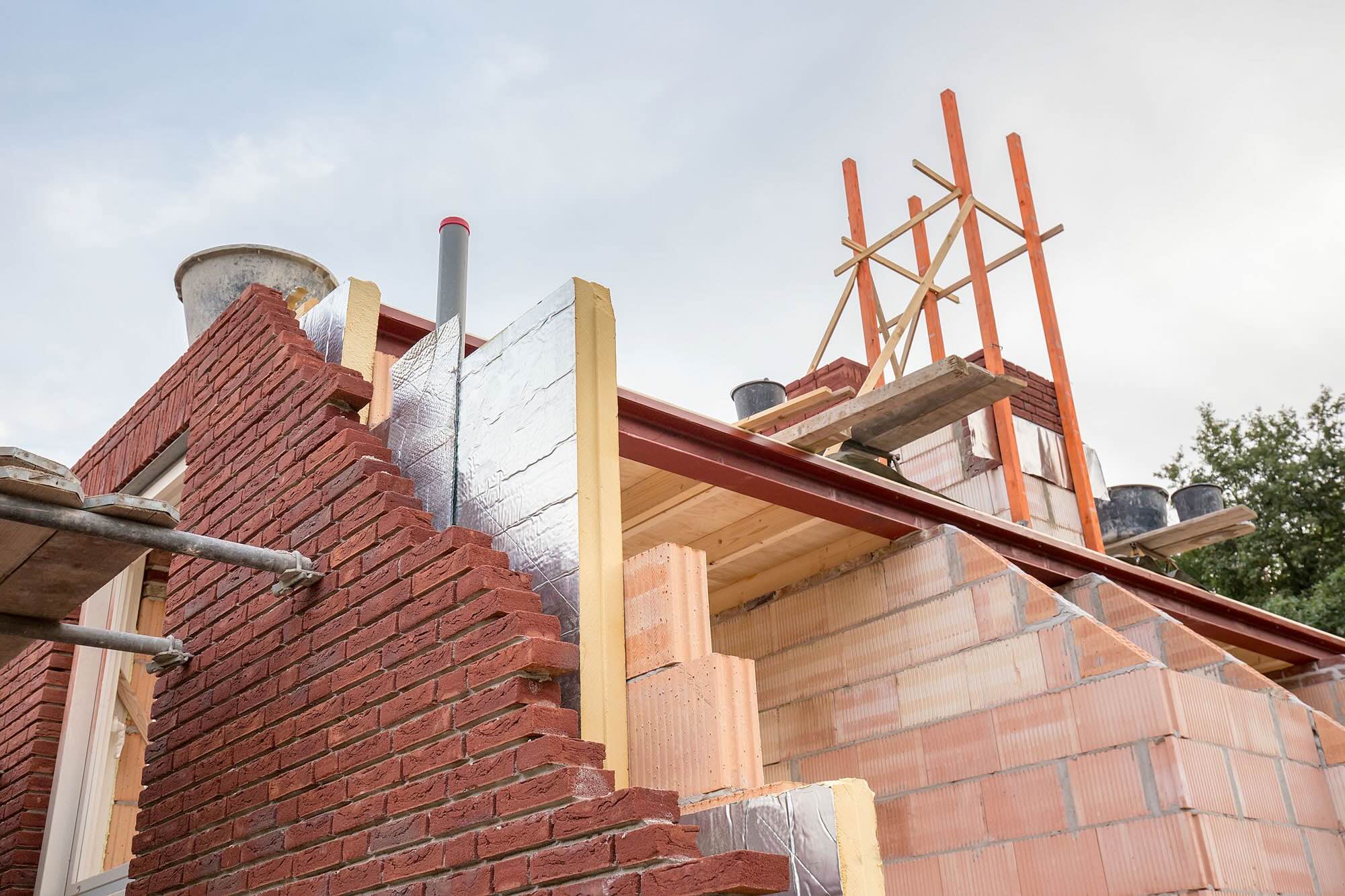
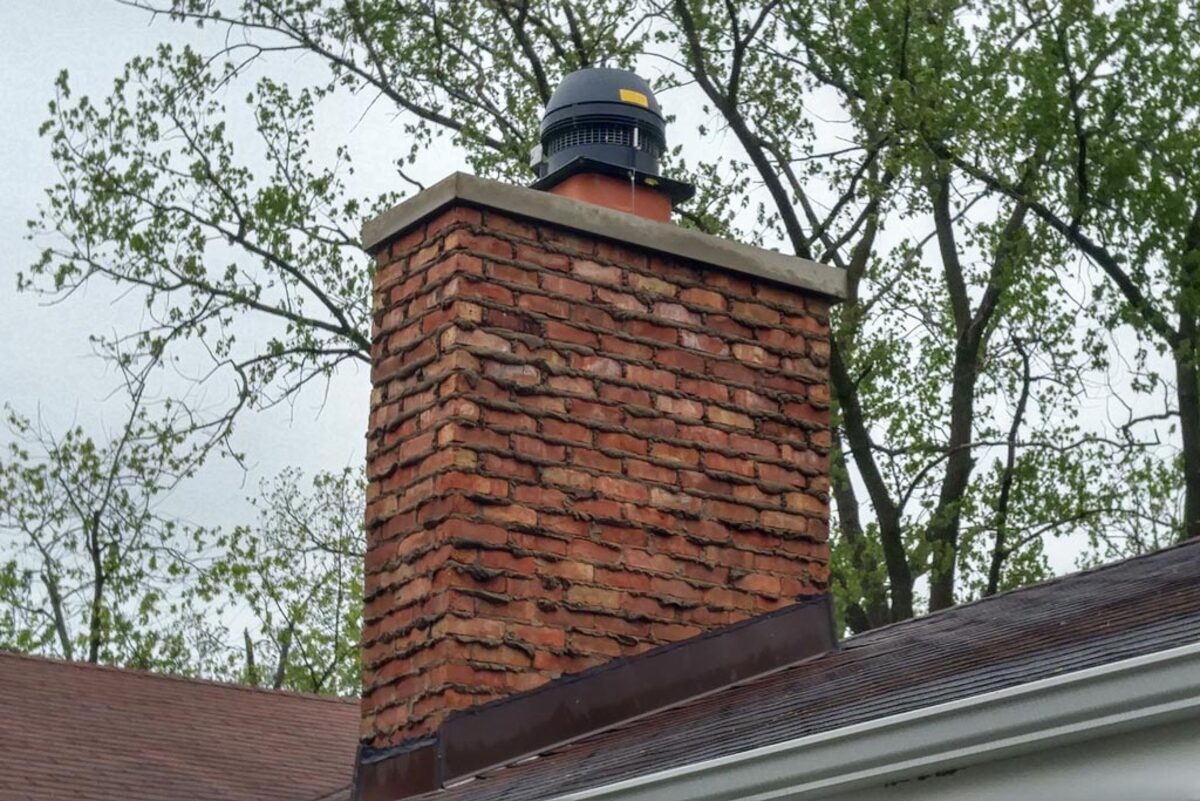
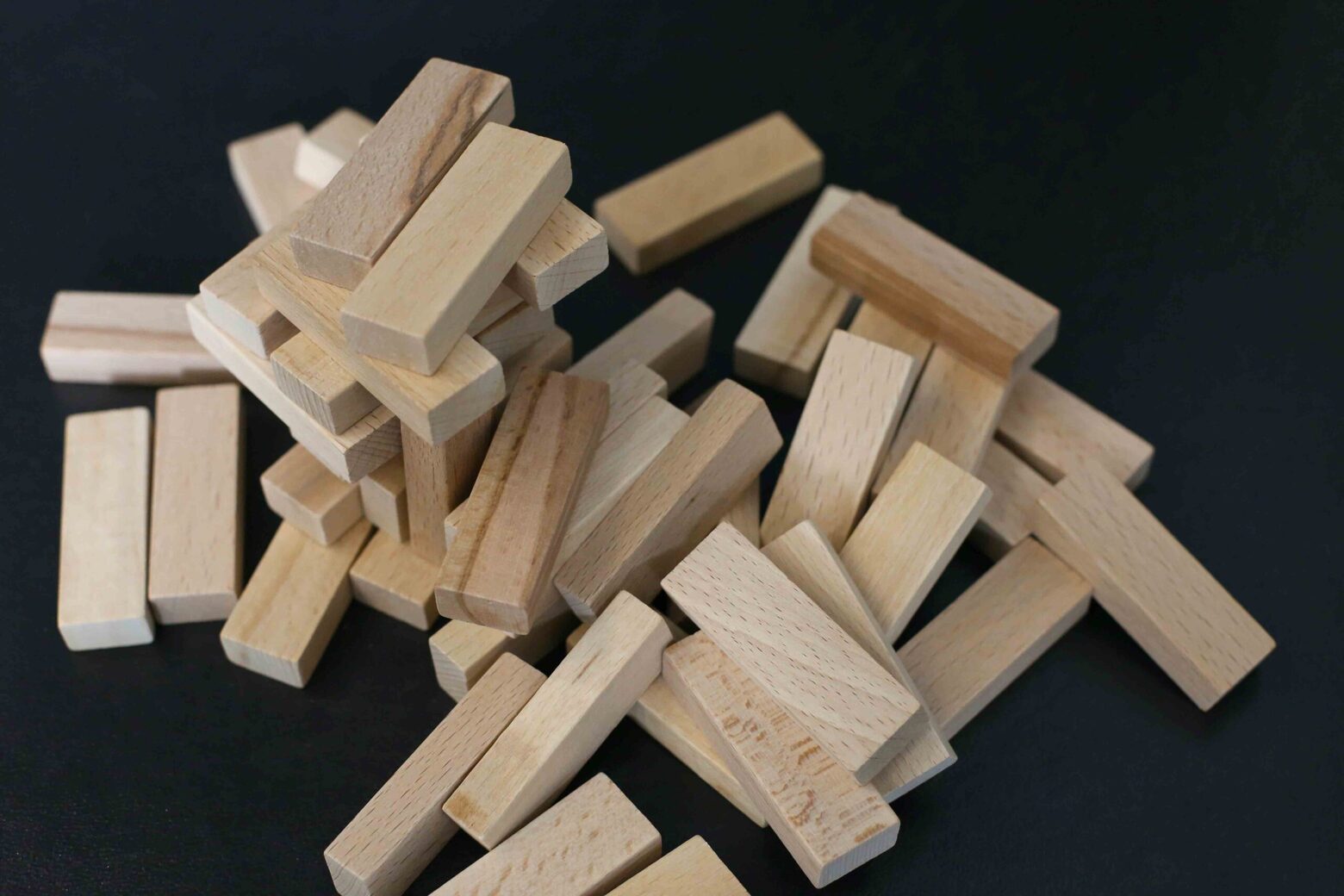
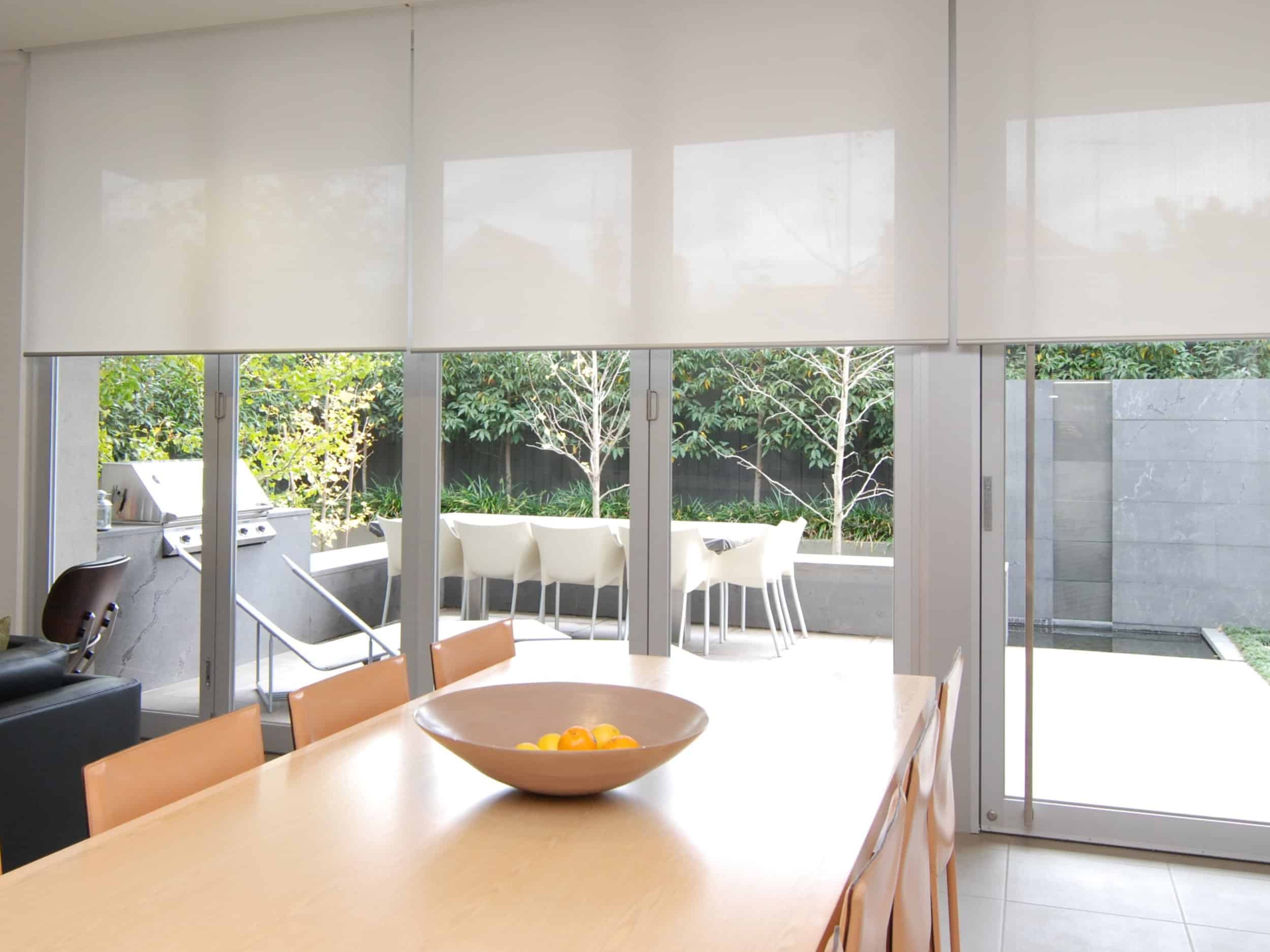
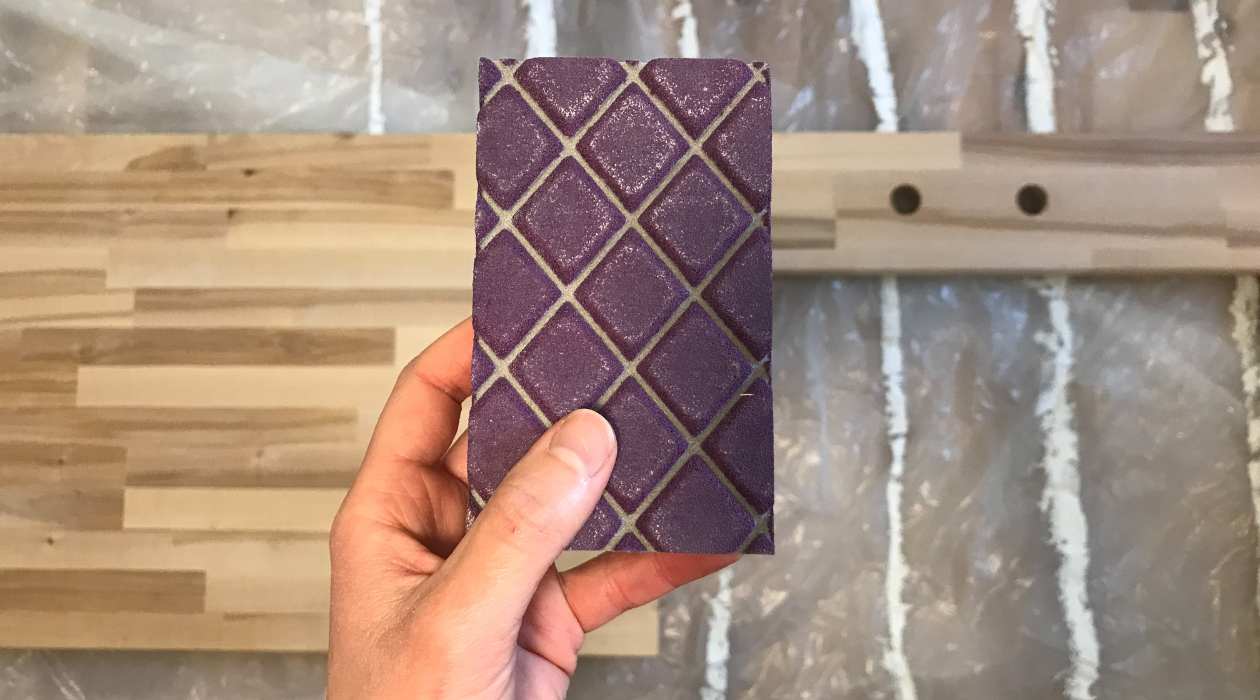
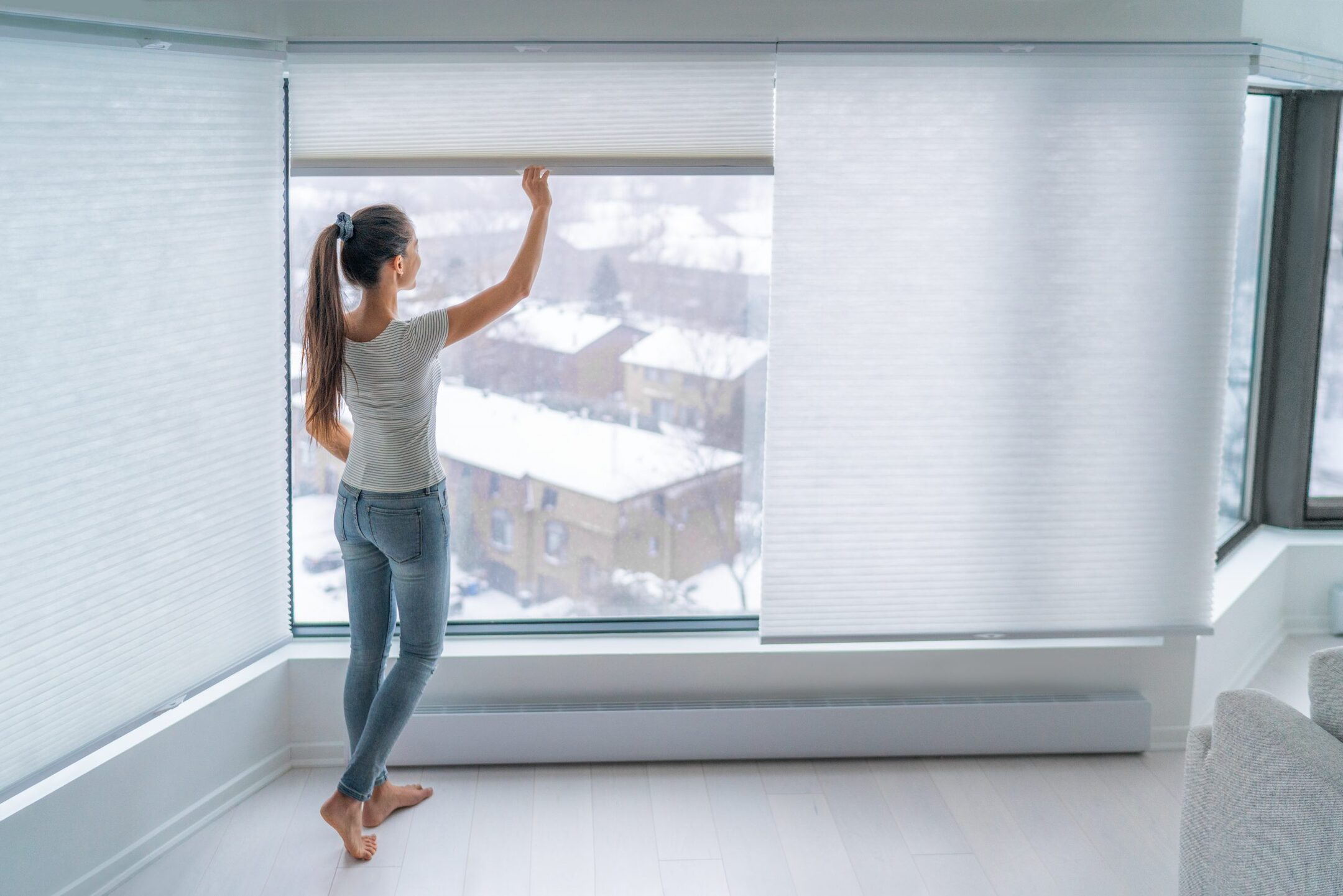
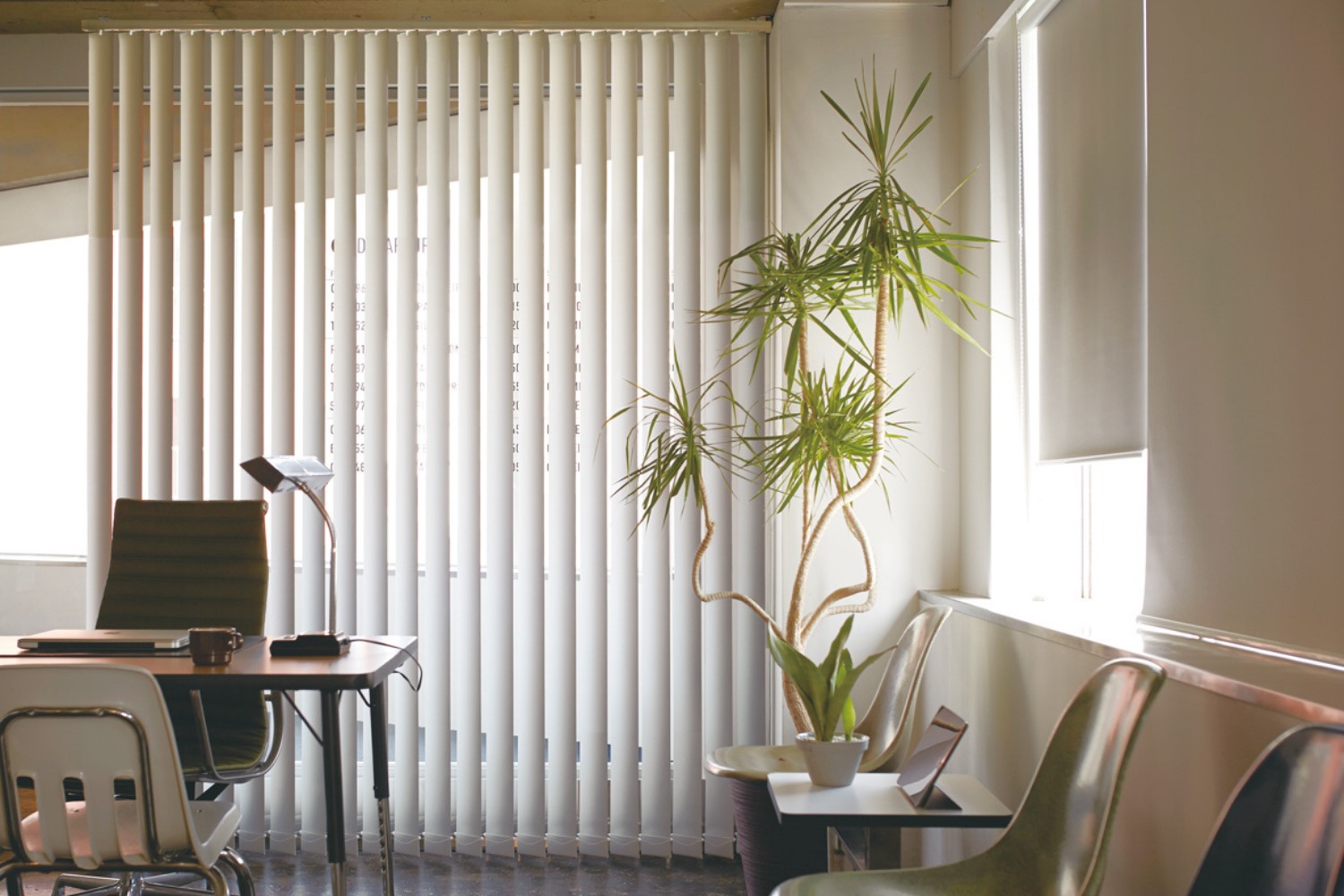
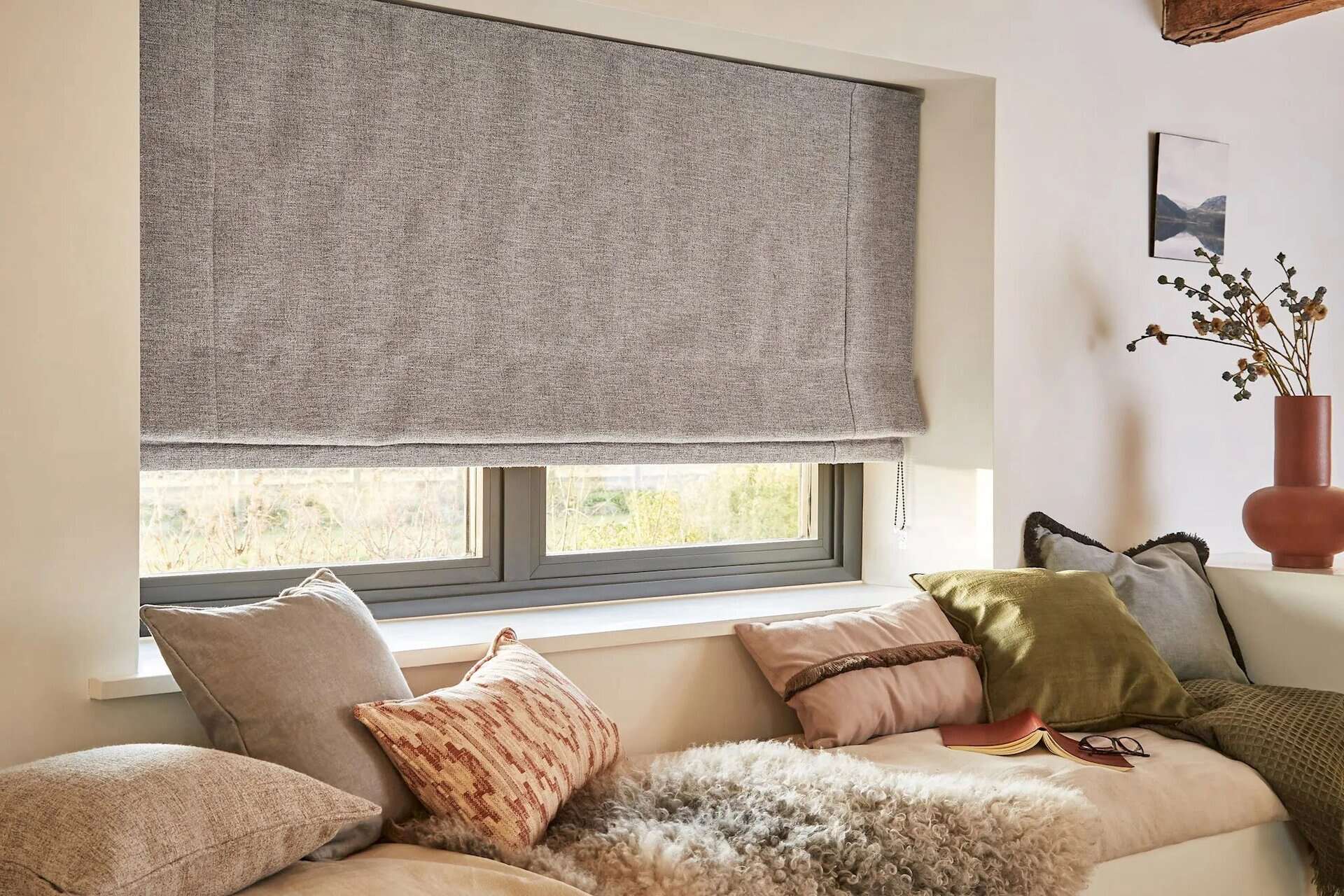

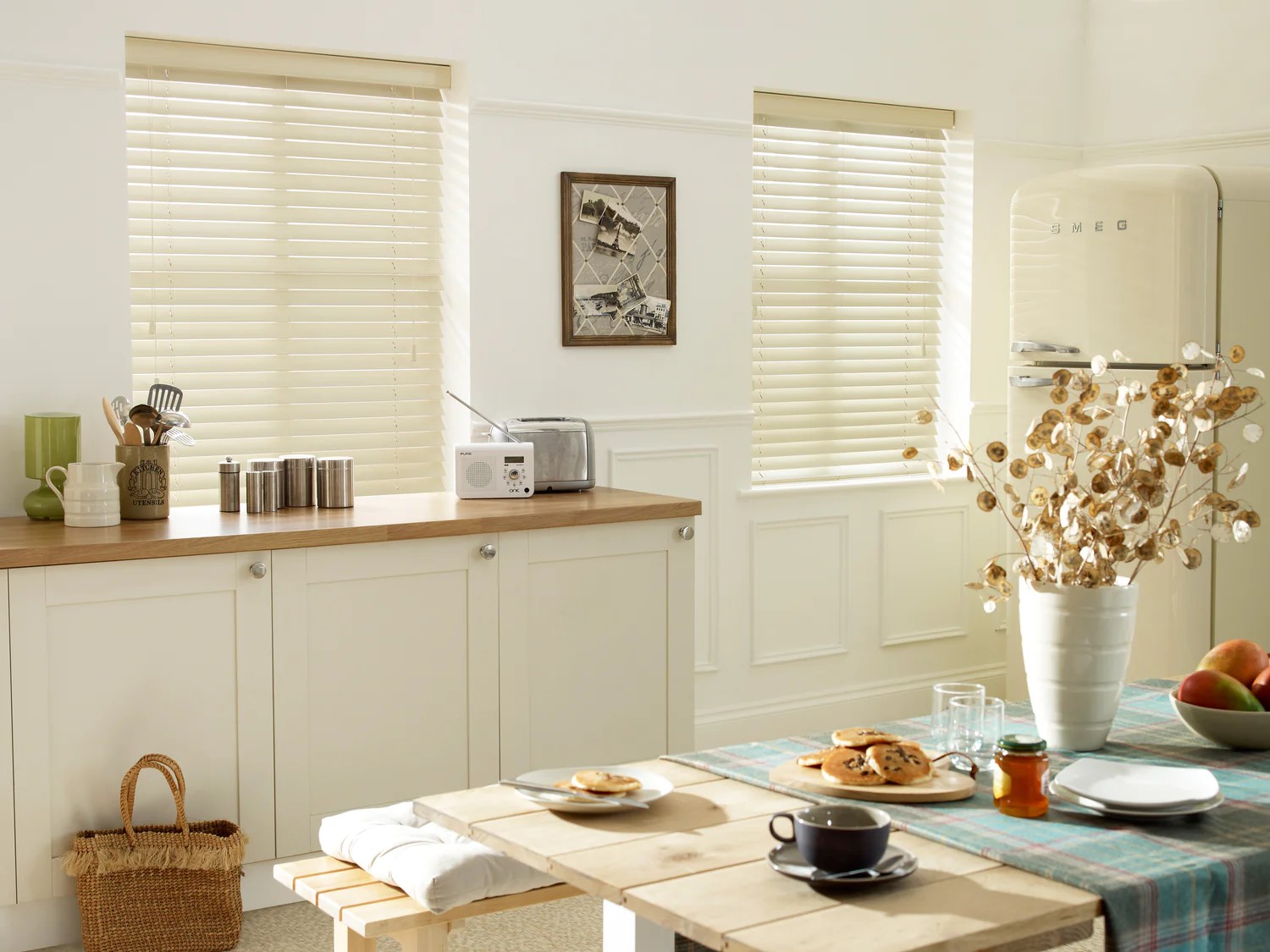
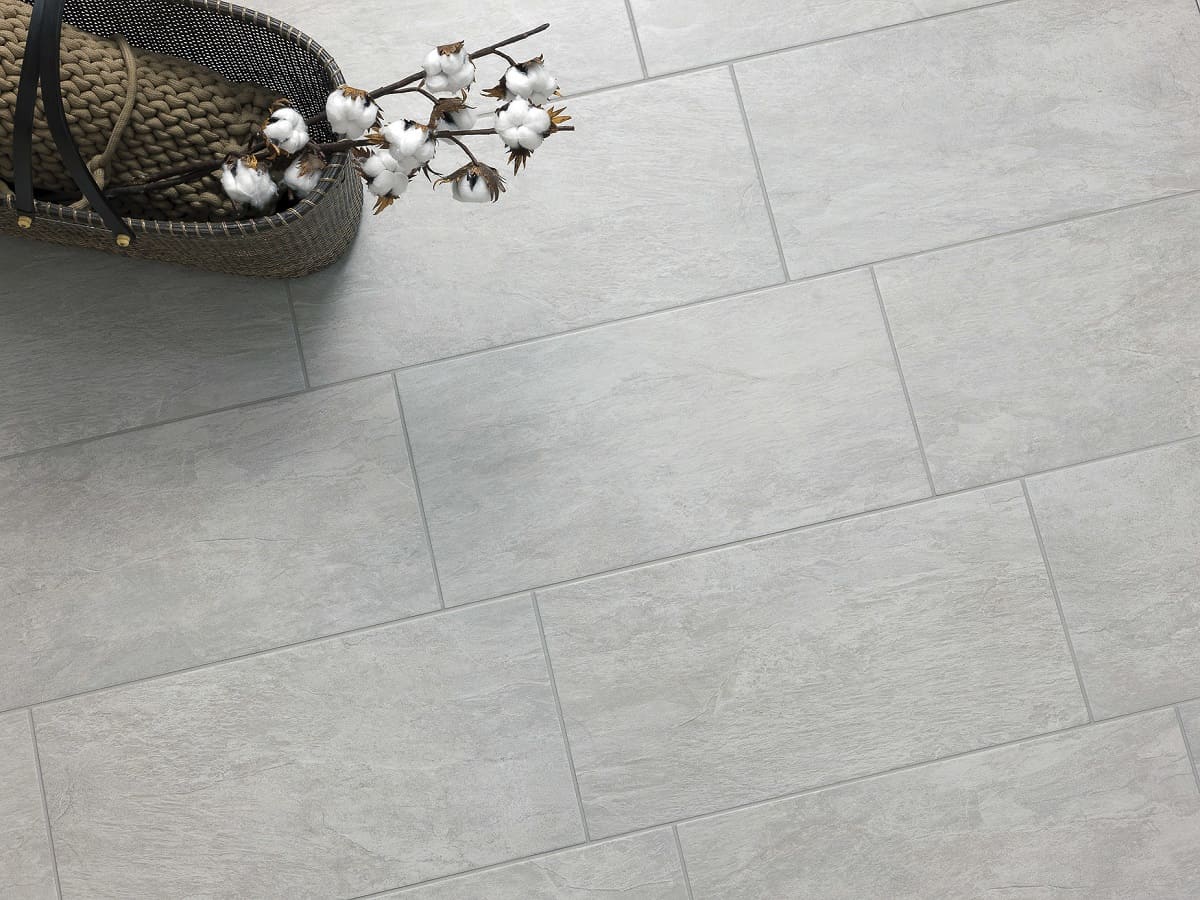
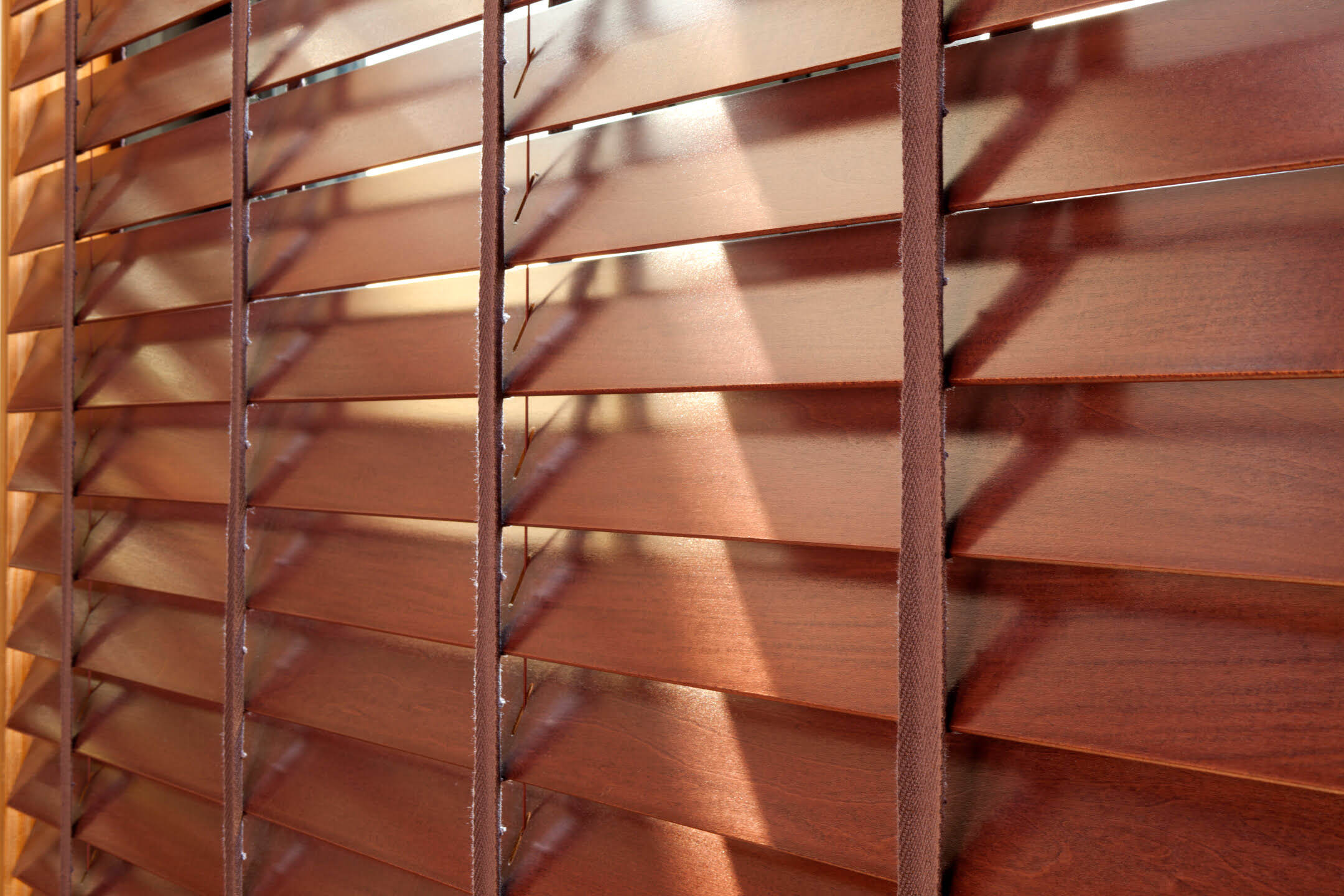
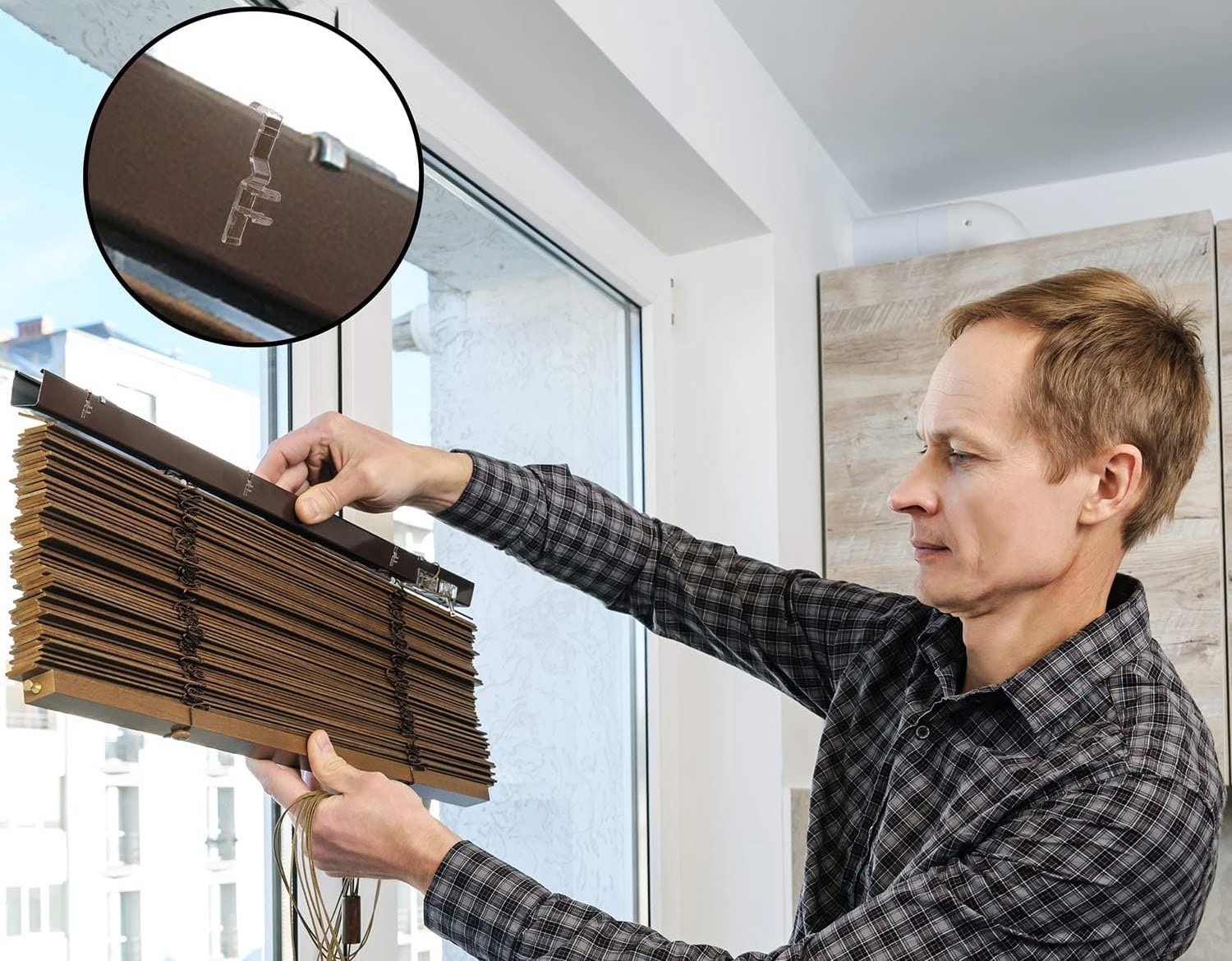

0 thoughts on “What Is A Spacer Block For Blinds”